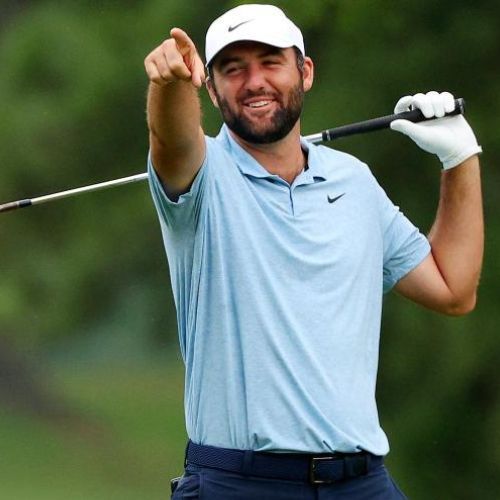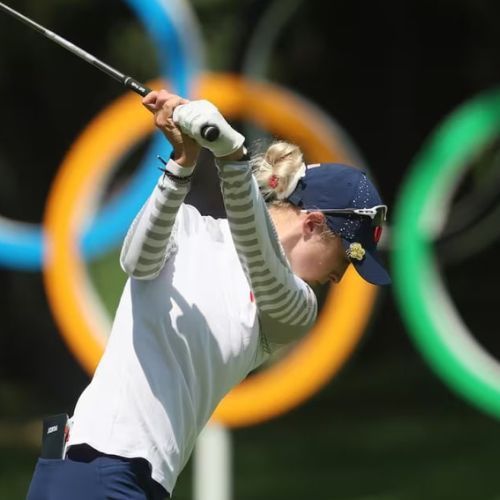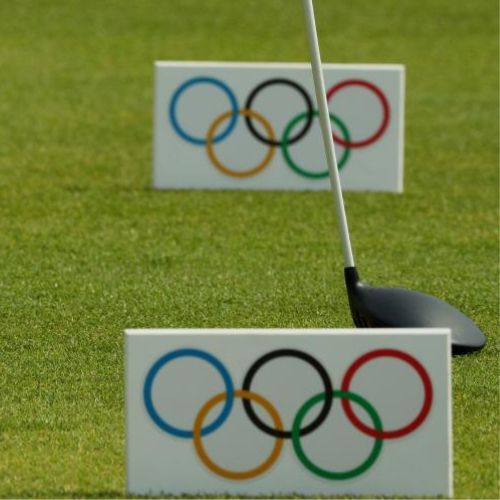LESSONS FROM MY FIRST ROUND IN 6 MONTHS
Last week, for some reason, I agreed to play two rounds of golf. Now, as many of you know, I don’t really get too much of a chance to play golf these days as trying to help you play better is a time consuming, anxiety inducing, exhausting business (don’t think of that as a bad thing, I love it way more than playing golf!).
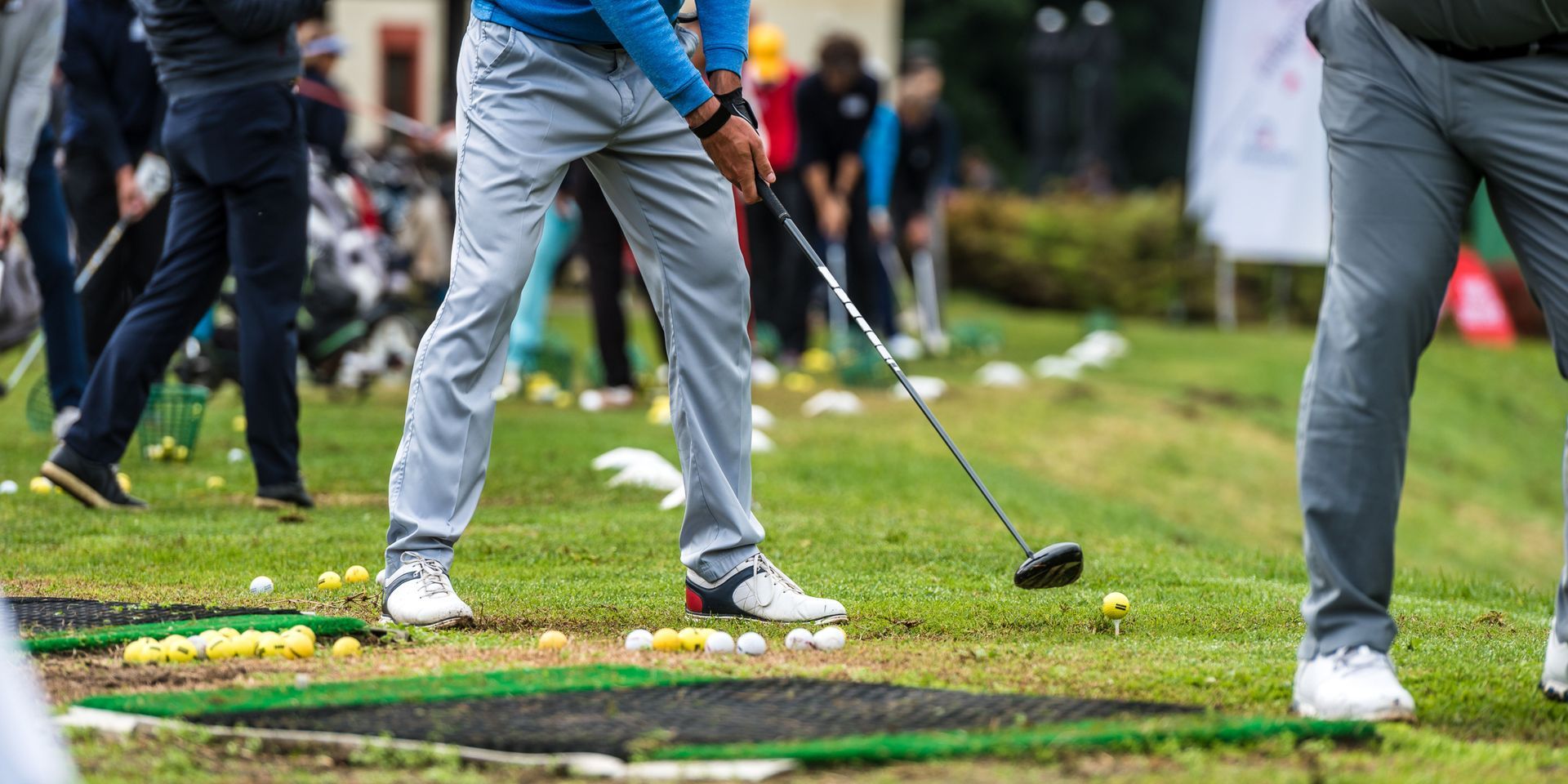
Anyway, it all started with being invited to a charity day last Sunday followed by a round at Kedleston Park on Tuesday (which, if you haven’t played before, you should seriously consider doing so, you won’t regret it).
So, Sunday comes around and, without wanting to throw too many excuses out early, my back was a little tender from two afternoons of heavy gardening the days before (for those who read the lessons from gardening memo, it’s still not finished, which just reaffirms the lessons that were spoken about). But, being a good little golf pro, I warmed up on the range and started to hit some good shots and felt quite happy with where the ball was going. However, somewhere in between the last shot on the range and the first tee, all of my talent, skill, ability as a golfer seemed to vanish into the ether, rendering me pretty useless for most of the round.
It was a really interesting day, watching myself play golf in a sort of “out of body experience”, wondering how, with all my knowledge and understanding of the golf swing, the ball simply did not want to listen. Was it frustrating? Enormously. Was it painful - both mentally and physically - you better believe it, but it was really useful as it helped reaffirm that what I believe in as a coach is actually still true and that the principles of playing good golf are timeless.
So here are the three biggest lessons from getting back on the course after almost 6 months without playing:
1. Make sure expectations aren’t too far from reality.
I am all for having big expectations. In fact, sometimes we may actually perform better if our expectations are higher, sort of a self-fulfilling prophecy, but when our reality and expectations are so far apart from each other, the gap will be so large, it will quickly be filled
with a steaming pile of disappointment, frustration and anger.
In my case, I hadn’t played golf for nearly 6 months. I don’t practise a lot and when I do, it is normally messing around trying different set ups, grips, swing feels to help you guys out. So why on earth could I expect to be anything other than not very good.
2. Always have a predictable shot pattern!
This is so, so, so important when it comes to playing good golf, and it is the reason why I wasn’t very good last Sunday - there was no predictable shot shape, and try as I might, I just couldn’t seem to find one that worked.
Golf is impossibly hard when we don’t know which way the ball is curving, so when you are practising, it is very much worth your while practising some big, exaggerated shapes (draw or fade), altering ball position to see which gives your which shape, and then hitting shots under some pressure (playing games) with those shots so that you know you have them in the bag if you need them.
I always ask you to pick a shot shape that you want to hit and this is the reason why. When the ball is curving both ways, how can we ever pick a target?
3. Be disciplined with club choice and strategy.
I had never played the course before (Gaudet Luce in Worcester). It was a lovely course, the greens were great, but, having not played it before and not knowing the correct strategy, a lot of it was guesswork (and I didn’t guess very well). In an ideal world, we would be using a
course planner at bare minimum to see the outline of the hole and where the trouble is. https://www.provisualizer.com/ is also a great resource for looking at the layout of courses before you go and play them. (If you know your distances, you can plot your way around fairly
accurately).
Because it was a charity day and because we were having a laugh in our team, there was a lot of poor choice, especially off the tee, which led to hitting approaches from the wrong, or impossible spots. If there were more discipline off the tee, I would have saved a lot of shots
that day. It’s ok to try stuff, be unintelligently aggressive and have a laugh, but expectations for good scoring should probably be lowered if that is the case (see point 2).
So there you go, three lessons from my first round in nearly 6 months. I know you’re one of the smart ones and will learn from my mistakes, but if you need help with this or have any questions about any of the points, please, as always, just reach out.
